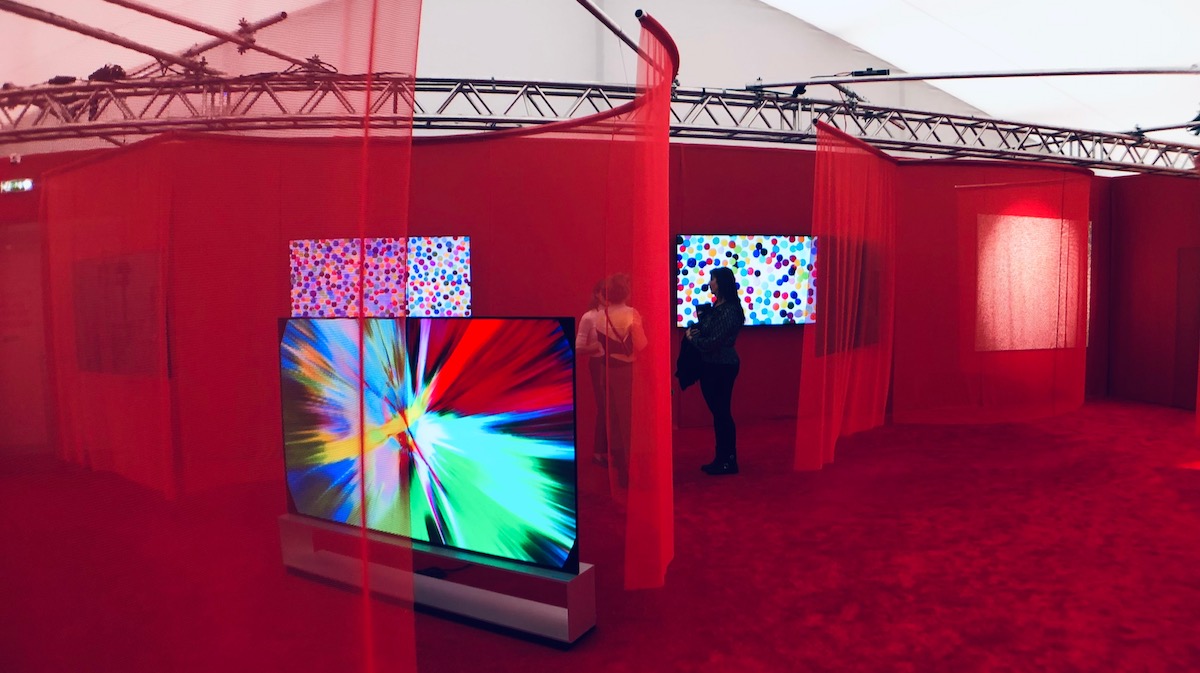Love them or loathe them, non-fungible tokens (NFTs) have now established their place in the art world firmament and, in doing so, have hogged the headlines. But art in its traditional forms remains very much in the picture, with both digital and traditional art forms now joining forces to reach wider audiences on digital marketplaces.
Sales of all types of NFT in 2021 totalled $24.9 billion, up from $94.9 million in 2020, thanks to a massive increase in demand for collectables, such as limited edition trainers, vintage whiskey, music and film memorabilia, music itself and so forth, all of which has been a boon for auctioneers. But last year also saw traditional art sales hit a record high of $17.1 billion, up 60% from 2020 when the market was in its Covid-related doldrums.
For many, NFTs symbolise the digital revolution impacting the art market, as seismic in its way as the technological changes of the Renaissance, when printing presses emerged. Yet, remarkable as NFTs are, the real digital revolution lies in how the asset has transformed the sale and reach of the art market to a truly global and connected audience.
NovaFori has experience in the evolution of the traditional art market, having built an extensive online auction platform for Christie’s and subsequently supporting the sale of NFTs on the marketplace. The platform was designed with the vision of ensuring online auctions would mirror the behaviour of physical auctions whilst enhancing the reputation for extraordinary art, unparalleled service and expertise.
Ten years ago, NFTs hadn’t been conceived, let alone born. It was traditional fine art, antiques, photography, jewellery and so forth that dominated the auctions. At the time, the new online auction platform offered well designed, easy to use tools with an ability to handle high volumes of both sales and end-users. The auction software was able to integrate with existing infrastructure, laying the foundation for growth to come.
User-friendly functionality on mobile fuels digital auctions
Over the past decade, the technology has developed along with the art and products auctioned on the platform. Traditional art has remained central to auction houses in all its forms, while NFTs created an additional tranche of business – one ideally suited to the digital auction format.
The role of digital marketplaces, including online auctions, has grown dramatically in recent years – notably during the pandemic – as companies increasingly recognise their benefits, particularly in the B2B space. Clear pricing, transparent inventory and seamless functionality on mobile devices with customer-friendly interfaces in multiple languages and considering geographic restrictions are all features that make such marketplaces a compelling proposition.
In the world of NFTs, a landmark moment came in early 2021 when digital artist Beeple sold an NFT for $69 million, the third-highest figure ever paid for a living artist, through Christie’s. There have been plenty more such noteworthy events since then – albeit not quite as pricey. Sales such as this have opened the industry’s eyes to a new, growing demographic – younger people, for instance, who may be more inclined to participate via mobile.
Auction houses embrace digital
Eagerness to attract a younger demographic has indeed driven the development of more sophisticated online solutions. According to Thierry Ehrmann, president of Artprice, 87% of the 6,300 auction houses that Artprice follows are operating online sales.
Their impact is already visible. Phillips achieved record sales of $1.2 billion in 2021, 36% of which came from the Asian market. Elsewhere, Sotheby’s credited an “influx of younger, tech-savvy collectors” for the highest sales figure in its 277-year history in 2021. It said almost half of all the bidders were first-timers. Indeed, millennials and Gen-Z are more likely to engage with the art market in the long term if it meets their unwavering demand for high-spec digital experiences.
Digital marketplaces offer a level of transparency around the item on sale – its origin, features, price, parties involved and more – on a scale not possible a decade ago. This has helped auction houses attract new demographics, increasing the number of lots sold worldwide in 2021 and reducing the unsold rate to just 31%, down 9% from 2020 and 19% from 2019. It’s all part of a trend that’s good for the entire industry – artists, collectors and auction houses alike.
Top Photo: © Artlyst 2022
Brittany Boles, Senior Sales & Business Development Executive, NovaFori

